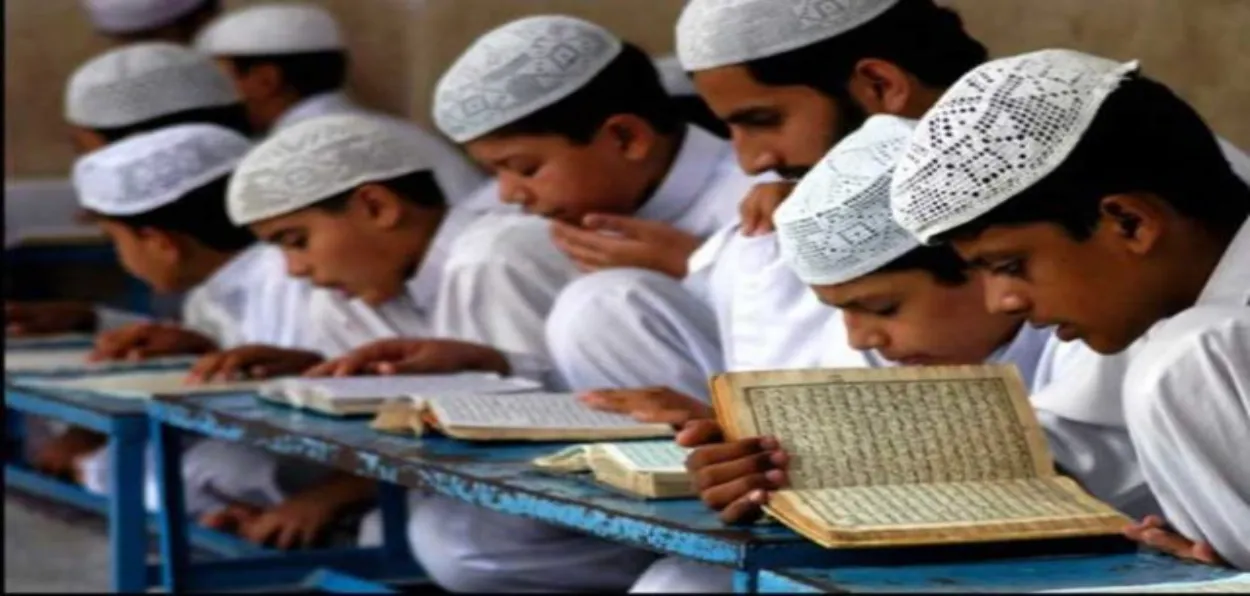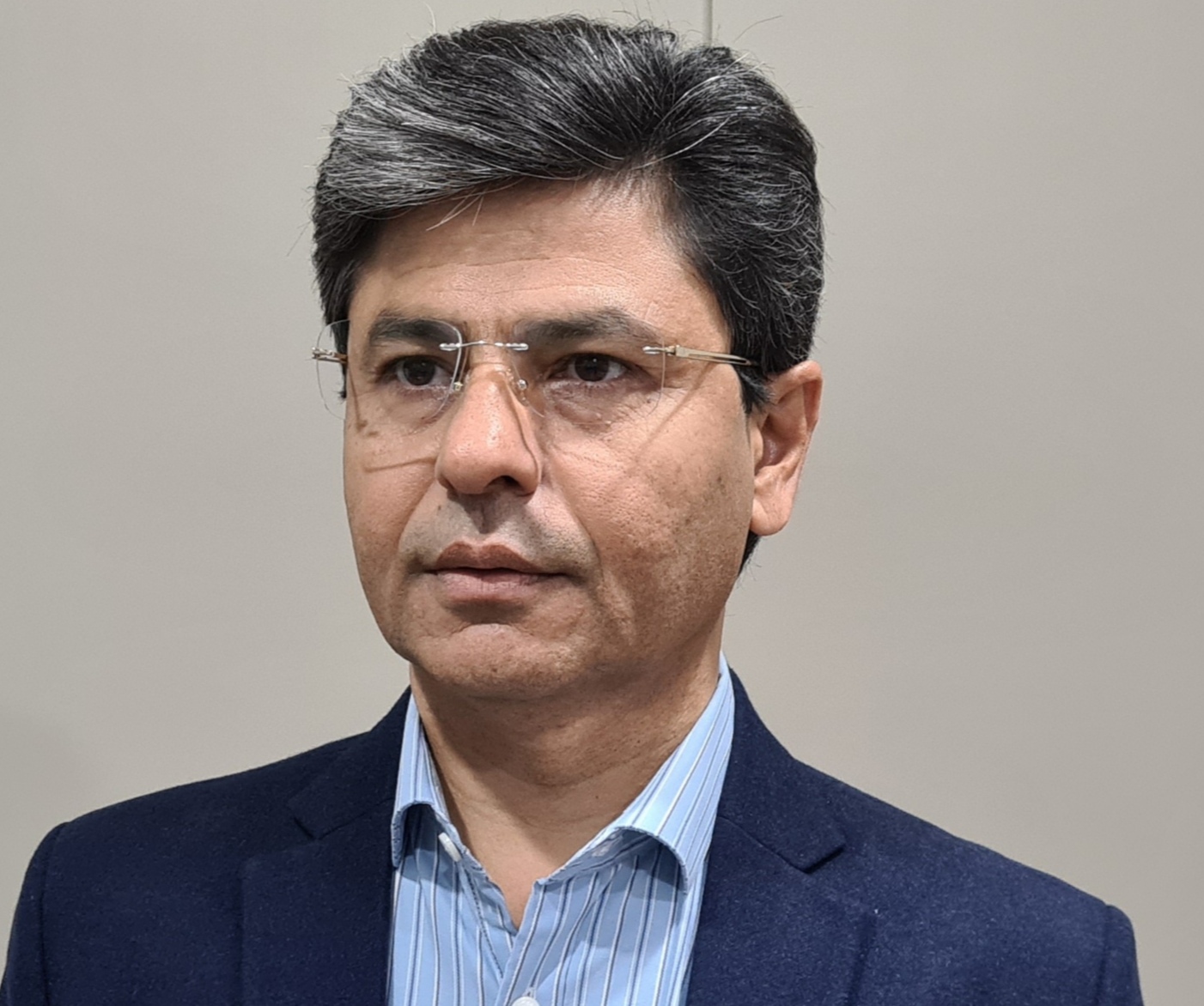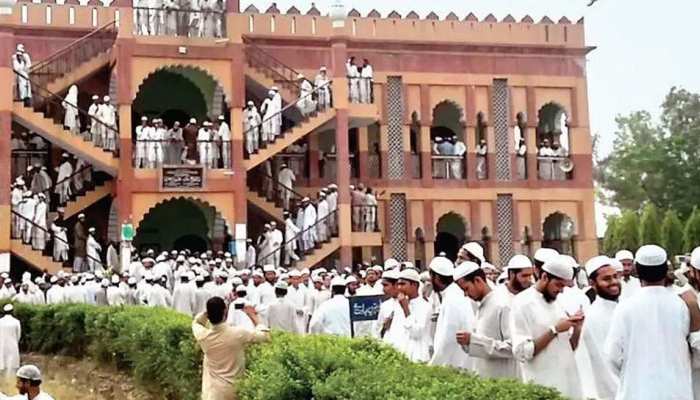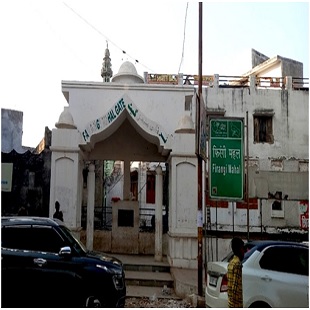
 Atir Khan/
Atir Khan/
The government intervention in the madrasa education system is almost certain. Ulema is under pressure for introspection. At this juncture, both the State and Ulema (Islamic scholars) will have to make adjustments to arrive at a better system of education at the school level.
The government is acting on reports of bodies such as the National Commission for Protection of Child Rights (NCPCR). The findings of NCPCR suggest the madrasa education system should be revamped for a better education. States like UP, Assam, and Uttarakhand have also carried out similar surveys.
While we embark upon this sensitive exercise aimed at improving the system, it would be relevant to study the experiences of the educational reforms carried out in other parts of the world. A closer look at the history of 19th Century reforms suggests moderation is the key.
In India, Muslim education has always remained independent of State regulations. Ulema have played an important role in the good upbringing of students.
The focus of the Indian madrasa education is on preparing students to become good human beings rather than making them employable. Barring a few exceptions, students have largely turned out to be clerics and translators.
A majority of madrasas in India are unmapped and therefore coming up with an effective education policy has also been an issue. A large number of Ulema have not been too receptive to the requirements of the changing times and have hesitated in initiating any major reforms.

Darul Uloom Madrasa, Deioband, UP
If we look at the history of Muslim educational reforms in other parts of the world we find some interesting facts.
In the Nineteenth Century, reformist Ulema in India established new (madrasas) schools, such as Firangi Mahall in Lucknow, to remedy the loss of the patronage that came with the end of the Mughal Empire, and to preserve as Islamic heritage threatened by the imperial assaults from the West.
Schooling was based on Dars-i-Nizami, a systematized curriculum that combined Arabic grammar, logic, philosophy, mathematics, rhetoric, fiqh and theology, and more marginally the Quran and Hadith.
The British also established educational institutions, which combined features of the Muslim and British education systems, such as the Delhi College in 1825: there was an English track and an Oriental track, in which sciences were taught in Urdu. Before Independence madrasas were the major source of education for children. Interestingly renowned personalities like President Rajendra Prasad and renowned author Munshi Prem Chand had studied in madrasas.

Firangi Mahal Madrasa, Lucknow, UP
Tunisian political scientist Malika Zeghal has done extensive research on Muslim educational reforms, she says Indian madrasas underline a depoliticization of the ulema after the mutiny of 1857 and their shift toward internal reform and education projects.
In particular, the establishment of Darul-Uloom Deoband in 1867 was financed by the public rather than by the rulers or the system of waqfs, provided a structured institution of education independent from the state and from the waqf system, that appropriated the Dars-i-Nizami syllabus with a special focus on hadith, to train future reformers.
While this was happening in India around the same time a reverse process took place in the Ottoman state and its provinces. Whereas in India reforms of education sprung from the loss of the state patronage after the fall of the Mughal Empire, in Ottoman societies reforms were state-sponsored, reflecting the new regulatory power of the modern state and announcing its authoritarian policies vis-à-vis education in general and religious education in particular.
Modern schools were established, and the states aimed to modernize their administrations and produce new kinds of bureaucrats and well-trained officers for their armies. They implemented reforms outside the traditional system of education by circumventing it, which led to a dichotomy between traditional and modern systems of education.
Egypt is another interesting example where a big reformer- Muhammad Abduh, a graduate of and former teacher of Al-Azhar University was tasked by the rulers to reform Al-Azhar, one of the finest seats of Islamic teaching in Cairo. Abduh also influenced reforms in South East Asian countries such as Indonesia and Malaysia.
He denounced the rigidity of the ulema as well as their aversion to the sciences. He criticized the methods of learning at Al-Azhar and in particular the refusal of the ulema to engage with the modern sciences, they did not reflect on the fact that the conservative ulema’s position against reform was also related to their self-understanding as guardians of Islamic tradition they perceived as threatened by modernization.
Al Azhar University, Alexandra, Egypt
They felt engaging with the sciences carried the risk of marginalizing the tradition they were supposed to maintain and transmit. After the assimilation of religious and secular education streams, the clerics complained that the addition of modern subjects had produced graduates who excelled neither in secular sciences nor in religious knowledge. Some scholars have held the view combination of religious and modern education led to the development of political Islam.
In Arab West Asia, there was tight regulation and control of madrasa education. Madarsas in Pakistan, Iran, and Iraq retained an important degree of independence from the state.
Tunisia witnessed an interesting phenomenon. President Ben Ali’s authoritarian regime, faced with the expansion of the Islamist movement, undertook a radical reform of Islamic religious education.
The textbooks for public schools were entirely rewritten. The class of religious and civic education was divided into two separate classes. The latter insisted on the rationalist interpretation of Islam in combination with texts from the European Enlightenment, in particular from the French tradition transmitting values of freedom and democracy.
However, when the uprising happened against Ben Ali in 2011, the very students who were products of the educative reforms were at the forefront of the revolution against Ali’s rule.
As in Tunisia, religious education was harnessed by the Egyptian state for moral indoctrination in its fight against political Islam.
Over some time development of print and new media has radically changed the world of Islamic knowledge; religious knowledge circulates more easily, it can be shared among large groups, and in particular, it can easily circumvent state-sponsored religious institutions.
A Madrasa in Tunisia
A lot of attention has focused on Islamic education since 9/11 as radical forms of Islamism have been related to madrasa indoctrination in Saudi Arabia and Pakistan.
Saudi Arabia had to even revise its school textbooks to move away from Wahhabism. The madrasas of Pakistan also came under scrutiny since many Taliban in Afghanistan graduated from there.
In India, Muslim educational institutions have largely been non-controversial. However, today madrasa education is under the scrutiny of the Government, which wants to ensure quality education for the children and make education more meaningful for them by exposing them to secular education as well.
This has made ulemas in India a bit uncomfortable as they are now expected to make comprises with their traditional notions of education.
While the government needs to understand that tight regulation could be counter-productive as has been seen in many countries in the world, the ulemas have to realise that merely imparting Islamic studies to the students will not help them get employment. Though some madrasas have introduced modern subjects a majority of them continue to only impart religious education.
Ulemas in India has had a great and blemishless history, but they need to ensure that they meet the challenges posed in today’s radicalized world and security concerns arising out of information technology, especially social media.
They need to draw a line between Islamic and Islamist tendencies. And weed out all radical Islamic views, which could lead students to become Islamists.
The way forward for both the government and ulemas appears to be the practice of moderation. Government should allow the madrasas to follow their essence, but the ulemas will have to create space for new subjects. Civil society will have to play a crucial role to help bring about the reforms. It has been done in the past and it could be done again. The legendary reforms brought in by Sir Syed Ahmed enlightened the Muslim world.
ALSO READ: Bhagwat’s assimilation code
Collectively there is a need to create a conducive environment for students to study Hindi, Urdu, English, Management, and Contemporary Sciences. The best bet is to promote scientific temper among the students so they could learn from the latest technologies and make a good career out of them.
